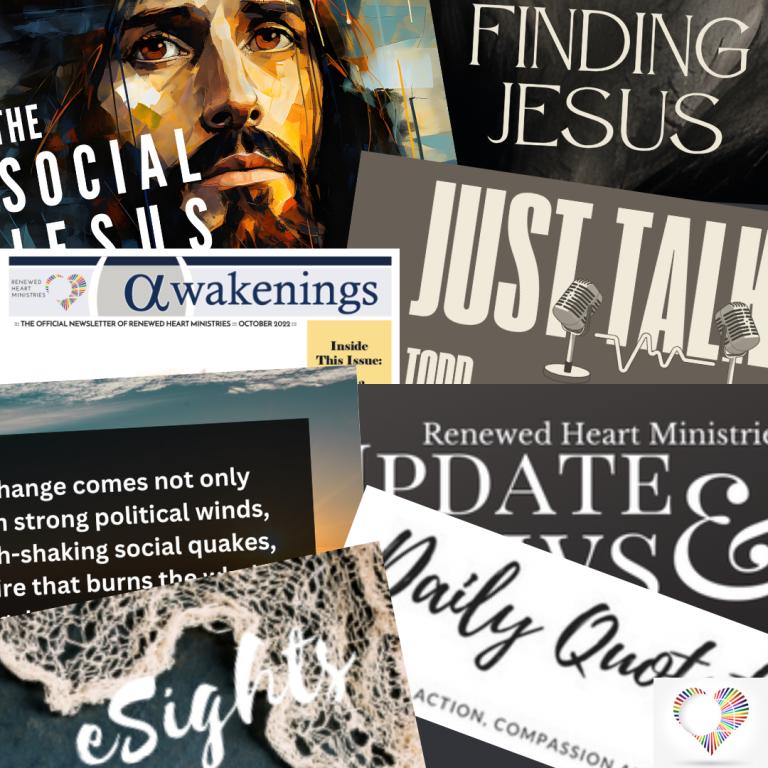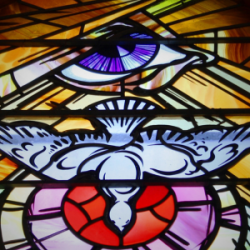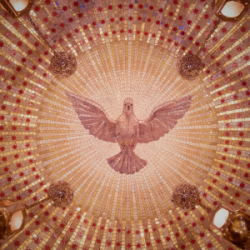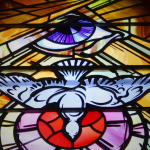
Part 1 of Lessons of Justice from the Transfiguration
Welcome Readers! Please subscribe to Social Jesus Here.
Our reading this last week of the Epiphany season is the transfiguration passage from Luke’s gospel:
About eight days after Jesus said this, he took Peter, John and James with him and went up onto a mountain to pray. As he was praying, the appearance of his face changed, and his clothes became as bright as a flash of lightning. Two men, Moses and Elijah, appeared in glorious splendor, talking with Jesus. They spoke about his departure, which he was about to bring to fulfillment at Jerusalem. Peter and his companions were very sleepy, but when they became fully awake, they saw his glory and the two men standing with him. As the men were leaving Jesus, Peter said to him, “Master, it is good for us to be here. Let us put up three shelters—one for you, one for Moses and one for Elijah.” (He did not know what he was saying.)
While he was speaking, a cloud appeared and covered them, and they were afraid as they entered the cloud. A voice came from the cloud, saying, “This is my Son, whom I have chosen; listen to him.” When the voice had spoken, they found that Jesus was alone. The disciples kept this to themselves and did not tell anyone at that time what they had seen. (Luke 9:28-36)
Moses, Elijah, Jesus, and Justice
In this story, Moses and Elijah are symbols of liberation and justice.
Moses symbolizes the giving of the Torah, its principles of economic justice, and the liberation of the Hebrew people from their slavery to Pharaoh. Hebrew scholars have long recognized that the primary concern of the first five books of the Hebrew Scriptures is social justice for the people. From the narratives all the way to the legal codes, justice for a people once enslaved is the theme. Just a few examples of that teaching:
“Do not mistreat or oppress a foreigner, for you were foreigners in Egypt.” (Exodus 22:21)
“Do not take advantage of the widow or the fatherless. If you do and they cry out to me, I will certainly hear their cry.” (Exodus 22:22-23)
“Do not deny justice to your poor people in their lawsuits. Have nothing to do with a false charge and do not put an innocent or honest person to death, for I will not acquit the guilty.” (Exodus 23:6-7)
Elijah lived during the time of King Ahab, the latest in a long line of kings to dismantle the Torah’s covenantal precepts of economic justice and transfer commonwealth into the hands of a few wealthy elites. Ancestral lands had become the possessions of the king or his dignitaries. The rich got richer through taxes and tributes while the poor got poorer. Ahab’s father Omri had restructured the economics of Elijah’s society away from the Torah’s economic safeguards for the people and transformed it into an apparatus of deep systemic injustice. Elijah emerged in this system to call out this injustice and became a symbol in the Hebrew folklore of speaking truth to power even at great risk of personal harm.
By connecting Jesus to these two figures in the Transfiguration story, Luke’s gospel is telling us what Jesus was all about. We’ll begin to unpack those parallels, in Part 2.
Are you receiving all of RHM’s free resources each week?
Begin each day being inspired toward love, compassion, justice and action. Free.
Sign up at HERE.



















